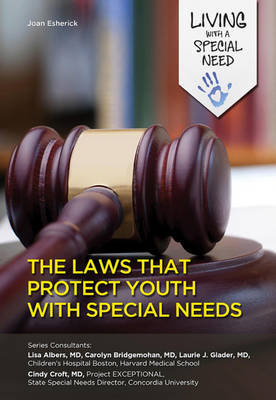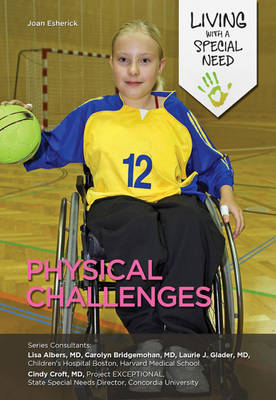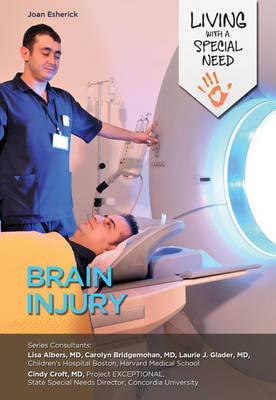Living with a Special Need
3 total works
Millions of people with special needs experience problems like prejudice, limited opportunities, and difficulties accessing the facilities that should be freely available. Luckily, there are laws in place today to protect their rights. Maria, a beautiful young girl with dreams of becoming a model, isn't allowed to participate in a local modeling workshop. Why? Because she uses a wheelchair. Another student with a disability is threatened by the loss of medical funding from the government, just because he's turning twenty-one; if he loses the government's help, he'll have to stop going to school and start living in a nursing home. What can he do to fight the situation? Meanwhile, nineteen-year-old Manuel is rejected from a job because of his history of seizures, even though he takes medication and hasn't had a seizure in more than five years. Is there something Manuel can do to get the job? As you read these young adults' stories, you'll learn about the laws that protect their rights. You'll discover the history behind these laws, and you'll find out exactly which rights are protected.
The human brain is a fragile organ, and as a result, brain damage is all too common. Tumors, strokes, accidents, gunshots, and impacts to the skull can all cause brain injury. These injuries can be minor—or they might cause memory loss or the inability to move normally. Many people who suffer brain injuries must relearn how to walk, talk, and do basic things like tie their shoes. In this book, you'll read the story of Jerome, a boy who suffered a dangerous head injury while riding his bicycle. You'll learn how schools, doctors, and others are helping people like Jerome regain control of their lives.


